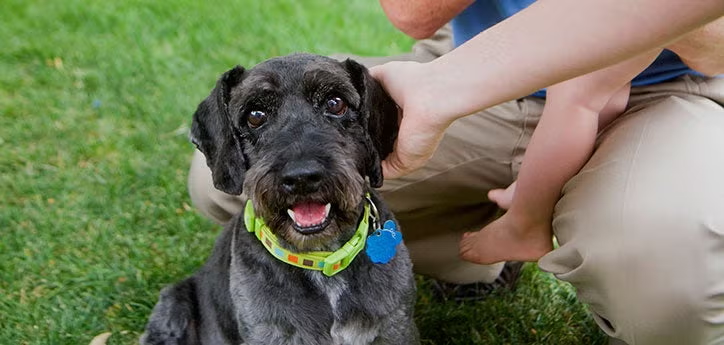Taking your dog for a walk can be a wonderful way to exercise, explore, and bond. But sometimes, distractions like other dogs, people, cars, or noises can make walks stressful or challenging. Dogs may get overly excited, pull on the leash, or become reactive, making it difficult to maintain control.
The good news is that with the right approach, you can teach your dog to stay focused and calm, even in distracting environments. This article covers effective strategies to help you handle distractions during walks.

Why Are Distractions Challenging for Dogs?
Dogs experience the world primarily through their senses—especially smell and hearing. Distractions grab their attention and can trigger natural instincts like curiosity, excitement, or fear.
When your dog is distracted, their ability to listen and respond to your commands decreases. Training your dog to cope with distractions takes time, patience, and gradual exposure.
Strategies to Manage Distractions on Walks
1. Start in a Low-Distraction Environment
Begin your training in calm, familiar places like your backyard or quiet streets. This helps your dog focus on you without overwhelming stimuli.
2. Use High-Value Rewards
Bring your dog’s favorite treats or toys to reward them for paying attention to you. Use these rewards generously when distractions appear.
3. Teach Focus Cues
Train your dog to respond to cues like “Look at me,” “Watch,” or “Focus.” Practice these commands regularly and use them to redirect your dog’s attention when distracted.
4. Keep Distance from Triggers
If you see a potential distraction ahead, increase your distance. Moving farther away helps keep your dog below their reaction threshold, allowing better control.
5. Practice the “Leave It” Command
Teaching “Leave it” helps your dog ignore distractions such as food on the ground or other animals. Begin training this command in controlled settings and gradually apply it outdoors.
6. Use Short Training Sessions
Instead of long walks with many distractions, try brief, focused sessions that build your dog’s ability to concentrate progressively.
7. Incorporate Movement and Direction Changes
Changing your walking speed or direction unpredictably encourages your dog to pay attention to you instead of the environment.
Tools That Can Help
-
A front-clip harness can provide better control without causing discomfort.
-
A treat pouch keeps rewards accessible.
-
A longer leash (6 feet) can give your dog more freedom while maintaining control.
When to Seek Professional Help
If your dog’s reactions to distractions involve aggression or fear that’s difficult to manage, consider consulting a professional dog trainer or behaviorist. A tailored training plan can address specific challenges effectively and safely.
Ready to enjoy a calm, obedient dog you can trust in any situation? Off Leash K9 Training in Jersey Shore offers one-on-one training programs that focus on real-world results. From the very first session, you’ll start seeing changes in your dog’s behavior—whether you’re dealing with stubbornness, excessive barking, leash reactivity, or poor recall. Our mission is simple: help dogs and owners live better lives together through obedience, structure, and trust. Ready to start? Contact us today at 848-221-5161 to learn more about our training options.

